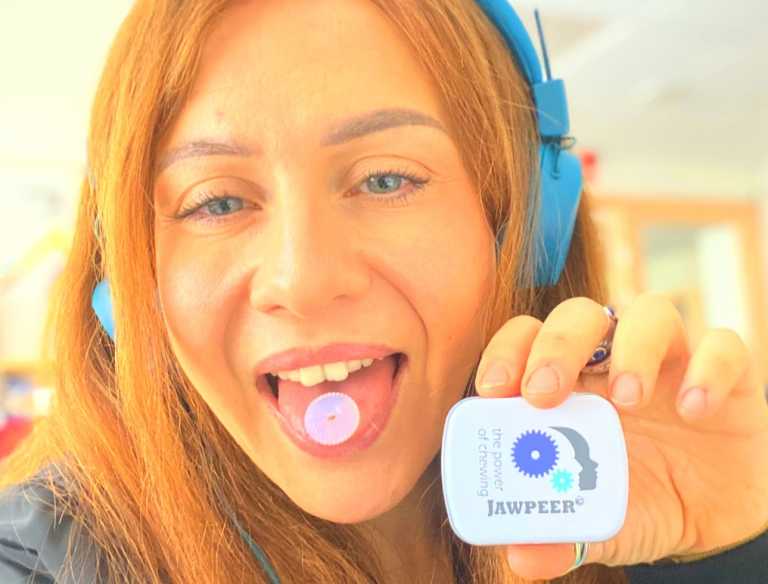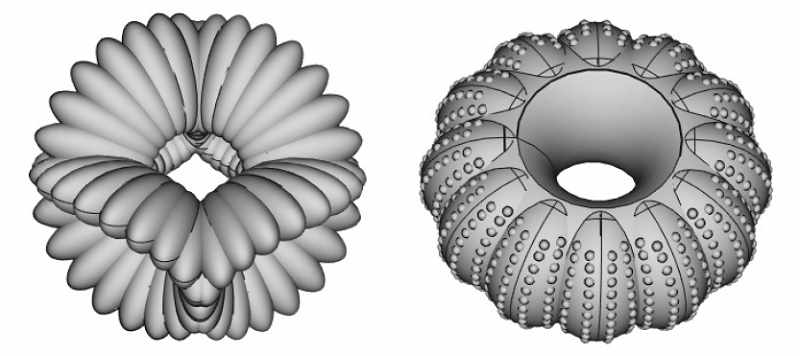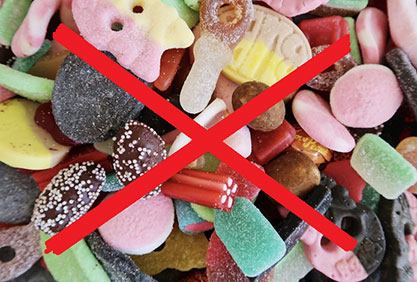
Did you know that you can deal with emotions by chewing? Frustration, anxiety, anger, fear, hubris, jealousy, and nervousness often lead to tension in the mouth and jaws. Chewing is a part of digestion that we can control consciously. This means that we can use our teeth to deal with emotions. Biting helps to balance the basic functions of the brain and control strong emotions.
Have you ever wondered why crispy food is so popular, why chips, biscuits, and cereals often promote with the word “crispy”? Biting and chewing appeal to parts of the brain that are very old. For predators, teeth are the body’s built-in weapon. The combination of teeth, jaws, and cranial nerves connect parts of the brain that are over 500 million years old and that all vertebrates have in common.
Chewing Releases Natural Aggression
Psychologists use to explain children’s desire to bite and chew on things by referring to our natural aggression. The bite reflex is vital for infants in connection with breastfeeding. By biting the nipple, the baby stimulates milk production. When the baby no longer receives food from the breast, it begins to bite into other things to stimulate the mouth. Pleasure is often associated with the mouth, but also its opposites: pain and anger.
In many psychological analyzes of oral needs, the jaw is associated with anger and aggression. When these feelings are held back, they can manifest themselves as tension in the face and clenched jaw. Unresolved aggression has also been used as an explanation for bruxism – that many people gnash their teeth at night.
Manage Your Emotions by Chewing JAWPEER
Because we can control chewing consciously, we can also satisfy our craving to bite. It does not have to be about anger and aggression at all. Many people feel like biting when they see very attractive objects, like cute animals, babies, or sexy people. The phenomenon is called “cute aggression”. Regardless, it is a matter of dealing with emotions by chewing. Strong emotions trigger hormone storms in the brain. JAWPEER’s chewing resistance allows you to express feelings properly with the teeth, chew until the jaw muscles burns, and enjoy the feeling.
Just as predators show their teeth and bite their jaws when they get angry or scared, people channel their emotions via facial muscles. Research shows that chewing calms the HPA-axis that produces stress hormones. From an evolutionary perspective, chewing and biting is a way to regulate the levels of adrenaline and cortisol that can damage the brain if they overflow.
Many People Chew Their Food Far Too Little
Chewing secretes saliva that releases flavors from food. It satisfies the sense of taste and helps regulate digestion. But many do not enjoy the taste. They are driven by a desire to quickly swallow the bites. One reason may be tension or aggression in relation to food that is expressed in binge eating. Food psychologist Marc David believes that TMJ (jaw problems) is also often due to repressed emotions.
The drive to swallow whole bites can be seen as an expression of our approach to the world. We want to satisfy our desires but are not willing to make the necessary sacrifices. The need for instant satisfaction leads to binge eating and poor chewing. Ironically, we get hungrier if we do not chew enough. The saliva that is secreted when we chew contains the hormone Leptin which is taken up by the stomach and gives feelings of satiety.
Chewing Is a Way To Deal With Emotions
Many people get an outlet for their suppressed aggression by biting crunchy food or sweets. It seems that they are venting their anger over the chips, cheesecakes or breakfast cereals. They throw in the food and then there is a feeling of calm. This is not a good way to deal with the problem as it can upset the metabolism and lead to obesity. But there are other, less destructive way to express the anger and frustration.
Bite cravings are common. It can be about dealing with unpleasant feelings that we want to avoid. Frustration, anxiety, anger, hatred, fear, hubris or nervousness often lead to tension in the jaws. If you feel a strong need to bite into something hard and chew it properly, it’s nice to have JAWPEER nearby.








You must be logged in to post a comment.